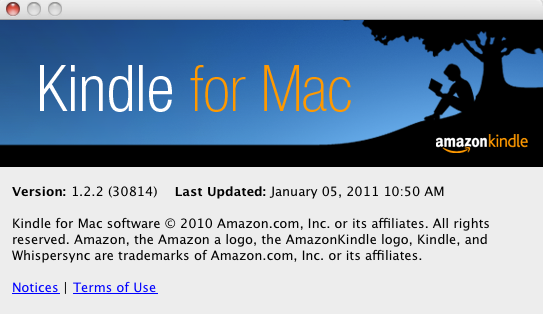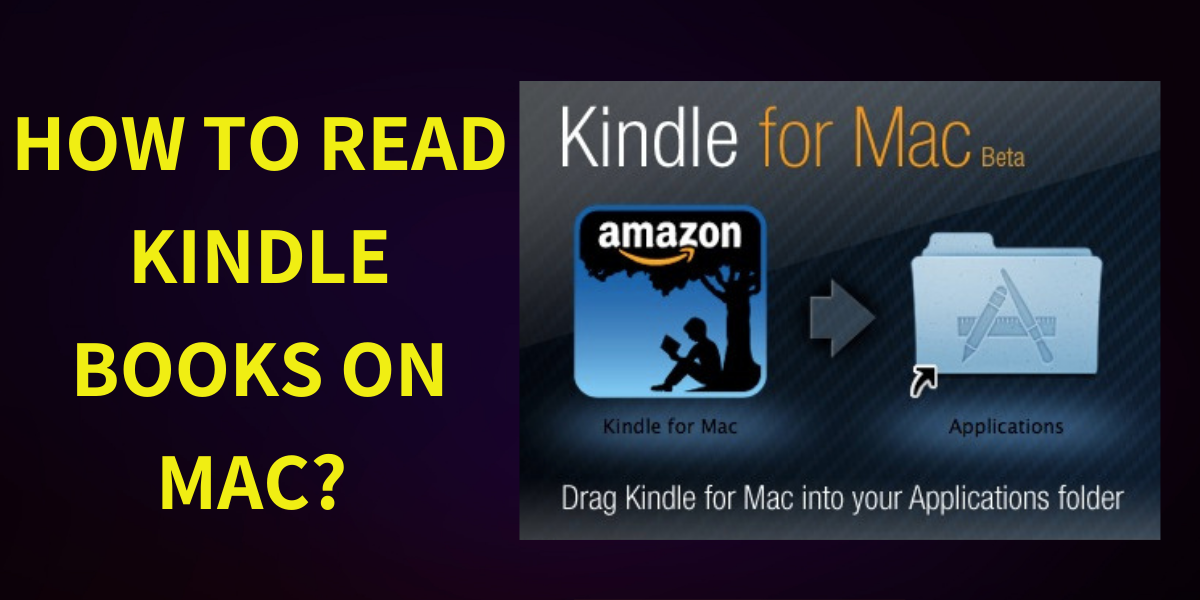

In the native iPad app, you can tap or swipe to change pages. The native app can show book text in two separate columns when you rotate the iPad into landscape mode the Cloud Reader will only show you a single, wider column. One book I tested, Paolo Bacigalupi’s Ship Breaker, appeared justified in the native app and ragged-right in the web app, which I really can’t explain. (Both apps let you choose from black, white, and sepia color schemes.) Most of the books I read in the native Kindle app feature justified text, but some of the books in the Cloud Reader app appear to display with a ragged right margin.

The text options are more limited in the Cloud Reader app: you can choose from five text sizes, while the iPad app gives you six to choose from. The reading interface in the native app (left) and the web app (right). The web app displays most of its menu options via a toolbar that drops down over the top of the page, while the options on the iPad app fade in seamlessly over blank space. The web app displays the black bar at the top of the iPad’s screen at all times, showing you the time, your battery status, and wireless connectivity, while the native app only displays that information when you tap to reveal the various page controls. In both interfaces, you can tap on the screen in order to toggle the display of various reading controls, including text settings, a link to the book’s table of contents, and a slider that lets you jump anywhere in the book. The reading experience in the two apps is quite similar, but here there are some notable differences, too. To see all books that have been downloaded, you tap on the Downloaded tab at the bottom of the screen. To store a book locally on your device in the Cloud Reader, you must tap and hold on its cover, then tap “Download & Pin Book” from the resulting pop-up menu.
AMAZON KINDLE ON MAC DOWNLOAD
To read a book in the Cloud Reader, just tap on its cover art while tapping in the Kindle app will download the entire book to your device, the Cloud Reader web app will start loading the book over the Web and display it right away.
AMAZON KINDLE ON MAC OFFLINE
To store a book for offline access, choose Download and Pin. Adding the Kindle Cloud Reader is a bit more complicated. One of the advantages native apps have is that they’re easy to find: Launch the App Store app, type Kindle, and in a few seconds you’ve downloaded and installed the Kindle app on your iPad’s home screen. With the release of the Kindle Cloud Reader, Amazon is now doing both. Recently Amazon’s Kindle app was updated to remove a link to the Kindle Store because Apple mandated it the only financial transactions allowed within iOS apps must use Apple’s purchase system, which Amazon can’t use due to the financial model of the ebook business.Īs Steve Jobs himself has said on many occasions, Apple offers two pathways for developers to put content on the iOS-via the curated App Store experience and via the completely open world of HTML5-based web apps. It’s hard not to view the Kindle Cloud Reader as Amazon’s attempt to find a way onto the iPad in a way that bypasses Apple’s restrictions on app development.
AMAZON KINDLE ON MAC INSTALL
Still, Kindle Cloud Reader seems like a great option for people who are using a shared computer, perhaps at a school computer lab, since it gives you access to all your Kindle books without having to install any software.


 0 kommentar(er)
0 kommentar(er)
